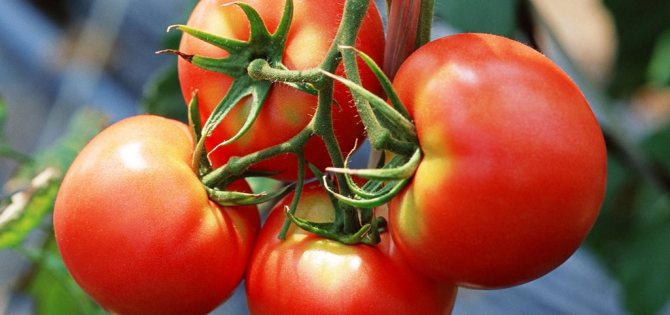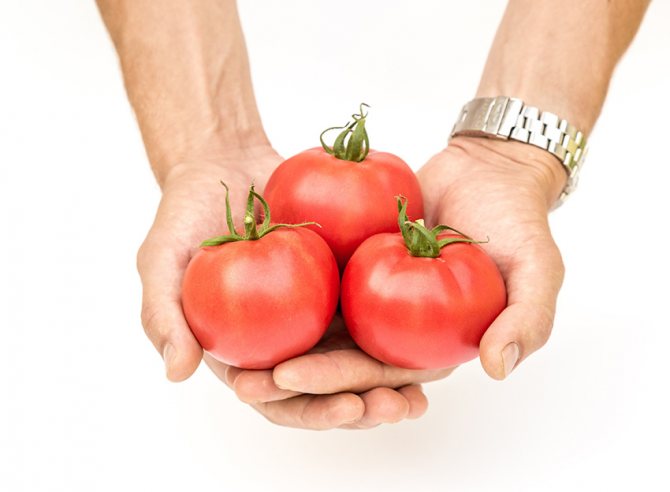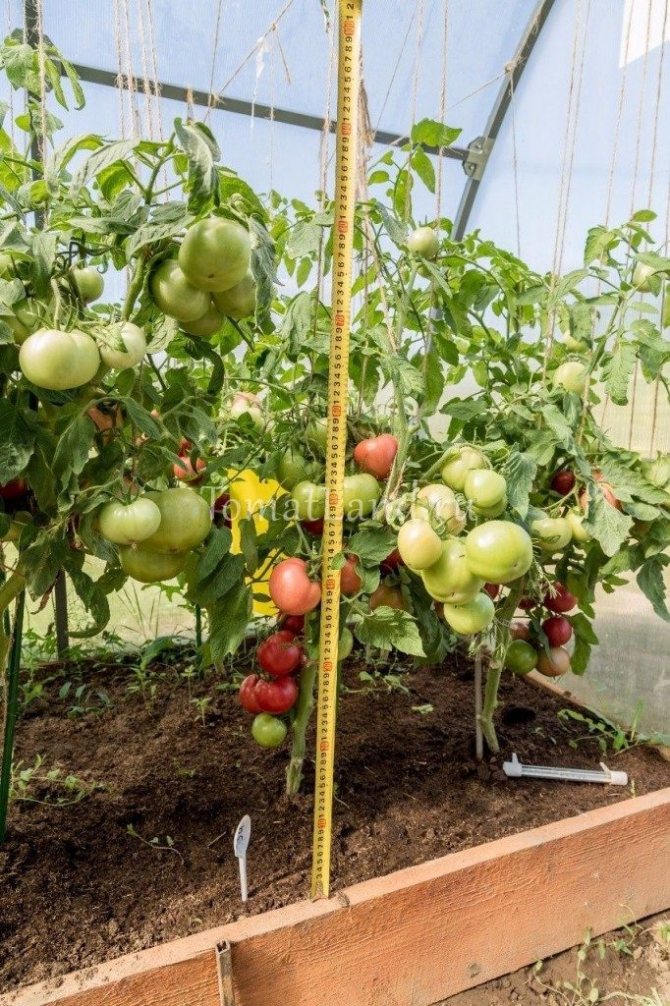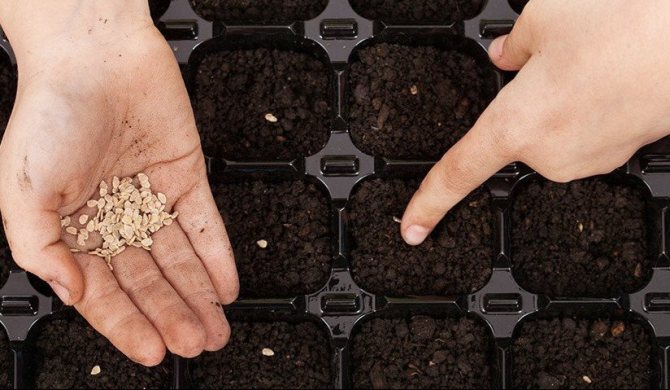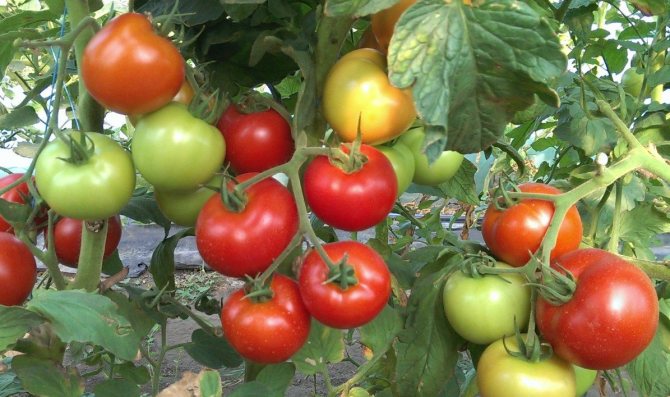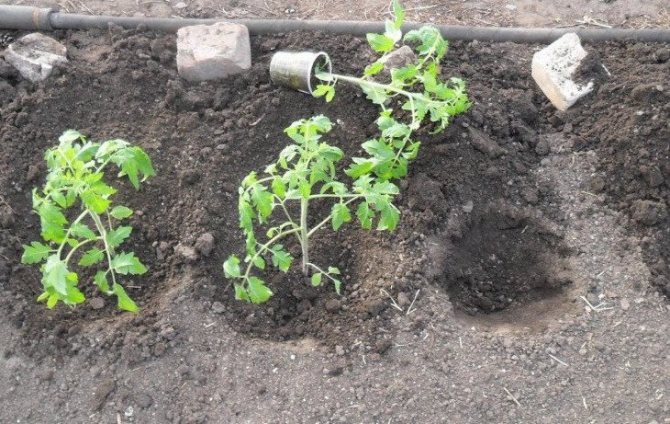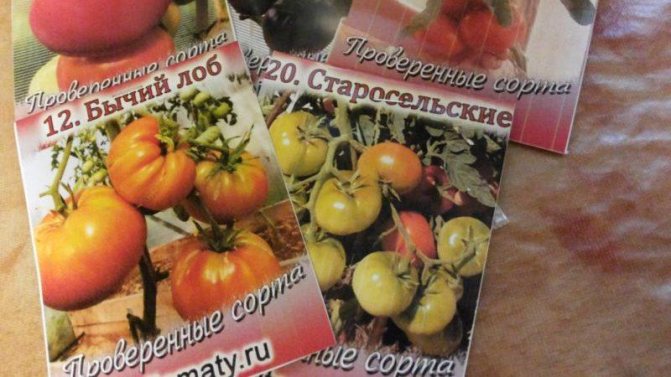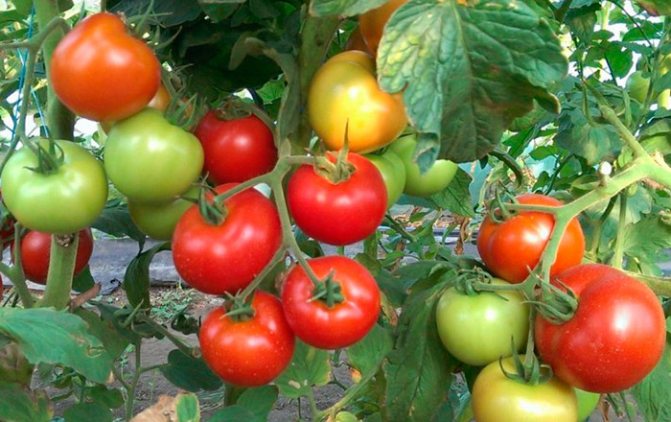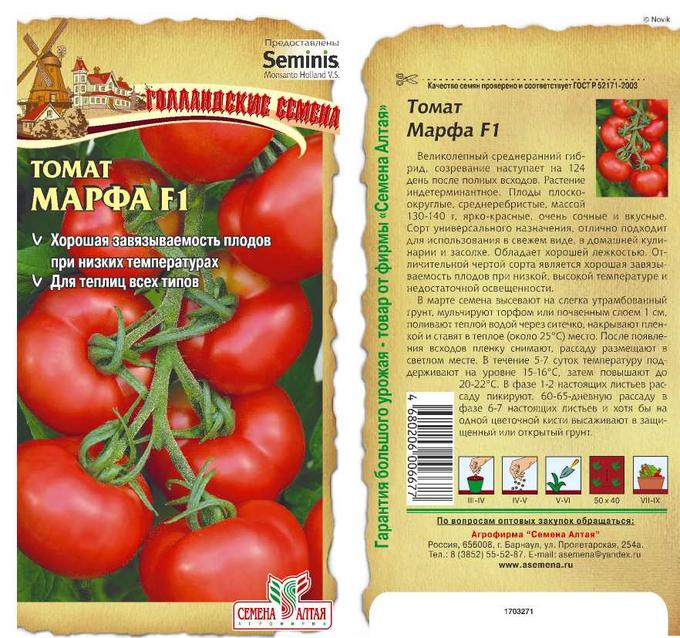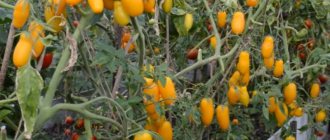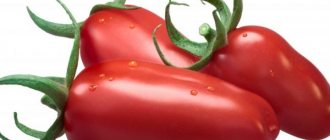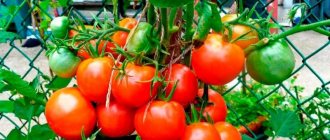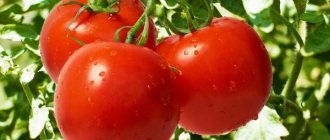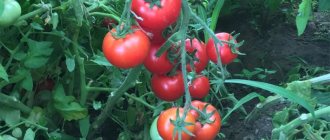»Vegetable growing» Tomatoes »Tomato variety Duchess of F1 flavor
0
171
Article rating
Tomato Duchess of Flavor F1 is an exclusive agro variety. Despite the fact that it was recently bred, it has established itself from an excellent side and has become famous among gardeners.
Tomato variety Duchess F1 flavor
Characteristics and description of the variety of tomatoes Duchess of taste
The Duchess of flavor hybrid tomato only appeared in 2020. However, even for such a short time, it has already managed to gain popularity.
Next, a description and characteristics of the Duchess of taste tomatoes will be given, photos, yield indicators and gardeners' reviews will be given.
| Parameter | Value |
| Culture type | Early maturing determinant hybrid |
| Stem | Powerful, grows up to 0.5-0.7 m |
| Root system | Rod, highly branched |
| Foliage | Average |
| Sheet | Green, matte, elongated-oblong shape |
| Ripening period | 85-90 days |
| Fruit | Red, rounded, slightly flattened |
| Fruit weight | 120-150 g |
| Yield | 14-16 kg per 1 sq. m. |
Useful video
| Late ripening | Early ripe | Mid late |
| Bobcat | Black bunch | Golden raspberry miracle |
| Russian size | Sweet bunch | Abakan pink |
| King of Kings | Kostroma | French bunch |
| Long Keeper | Buyan | Yellow banana |
| Grandma's gift | Red bunch | Titanium |
| Podsinsky miracle | The president | Slot |
| American ribbed | Summer resident | Krasnobay |
If you find an error, please select a piece of text and press Ctrl + Enter.
Pros and cons of tomato varieties Duchess of taste
Duchess tomatoes have a lot of useful qualities:
- Resistant to adverse weather conditions.
- Consistently high yield.
- Long shelf life when ripe.
- Fruit crack resistance.
- Good transportability.
- The ability to get multiple harvests during 1 season.
- The hybrid is resistant to diseases such as late blight, fusarium, tobacco mosaic.
- The versatility of the fruit.
At the same time, the Duchess tomato has one drawback common to all hybrids: they cannot be propagated by seeds obtained directly from ripe fruits.
Optimal growing conditions
Hybrid Duchess of taste can be grown both in the open field and in plastic or polycarbonate greenhouses. Despite the fact that this tomato is very unpretentious to care for, its yield depends quite seriously on agricultural technology.
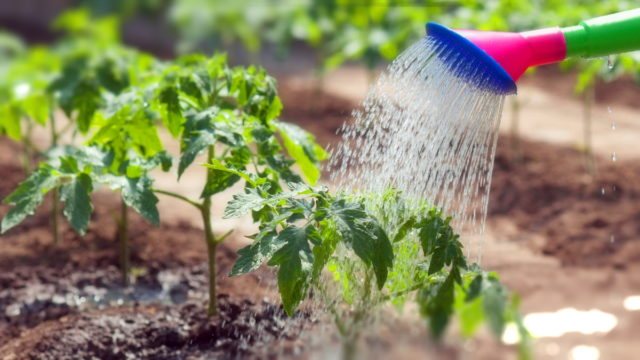
For tomatoes, regular watering and feeding are needed, it is necessary to take care of the soil in the root zone, loosen it, mulch and remove weeds.
Nuances of agricultural technology
The Duchess of Taste is a hybrid. Therefore, no one will be surprised by the fact that the variety is unpretentious in care:
- The crop can be grown both in greenhouses and in the open field. There is not much difference, but in the greenhouse the yield can be higher.
- Young seedlings do not like the sun - it is better to cover the tomatoes for a few days immediately after planting.
- Tomatoes love mulching - covering the soil around the roots with straw or spruce needles will make it easier to control moisture levels.
- Tomatoes, like any other plant, do not like watering too much or too rarely. Make a plan and follow it - stability is needed with this strain.
- Despite the fact that the variety is considered very resistant to disease, I still recommend taking preventive measures. Spray the bushes with some product periodically.
- During especially dangerous periods - flowering, ripening, harvesting - feed the Duchess of taste. She will be grateful to you.
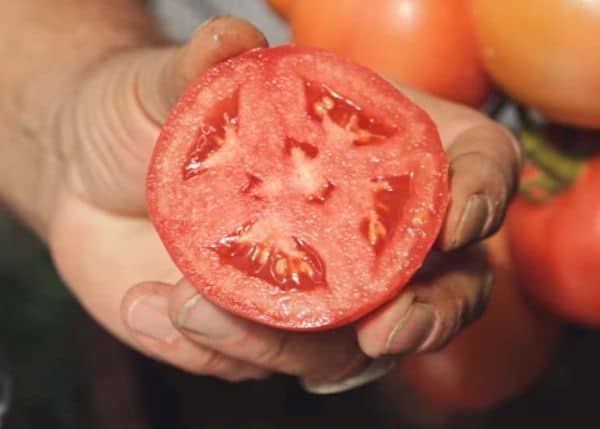

Growing
The process of growing tomatoes Duchess of taste is traditional for this culture. For thermophilic plants such as tomatoes, the seedling method is usually used. It allows you to use the warm season much more economically, transferring part of the growing season of tomatoes to growing in comfortable home conditions.
Growing seedlings
Sowing seeds of tomatoes Duchess of taste is usually done 1.5-2 months before the planned planting of seedlings in a greenhouse or open ground. As a container for planting, you can use shallow boxes or containers. They are filled with seedling soil, which can be purchased at the store or prepared by yourself. To do this, mix in equal proportions sand, peat and humus, sift it through a sieve to remove debris. For disinfection, the soil is steamed or calcined in the oven for half an hour at a temperature of + 200 ° C.
Important! To enrich the nutrient soil with minerals and trace elements, for every 10 kg of the mixture, it is advisable to add 0.2 kg of wood ash and 0.1 kg of limestone in any form (chalk, slaked lime, crushed eggshell).
Planting tomato seeds Duchess of taste is carried out as follows:
- Seeds are laid out on the surface of the soil in containers at a distance of 4–6 cm from each other, then sprinkled with a layer of soil 1 cm.
- After that, the soil is moistened with water heated to room temperature from a spray bottle.
- The container is covered with glass or foil and placed in a warm, dark place.
The sprouts usually appear in 10-14 days. All this time, the container must be ventilated, regularly removing the film from it, and the drying soil must be moistened. After sprouting, containers with tomato seedlings of the Duchess of Taste are transferred to a window located on the sunny side of the house.


Tomato seedlings usually do not have enough lighting, since the daylight hours at this time of the year are still quite short. To compensate for the lack of sunlight, young plants are supplemented with artificial light sources. It is advisable to use special phytolamps for seedlings for this purpose. If they are not available, then you can use conventional fluorescent lamps, placing them at a relative distance from the plants in order to avoid thermal burns.
Important! Seedlings that do not receive light are strongly stretched, while they become pale green.
After the appearance of 2 true leaves, the tomato seedlings of the Duchess of taste are dived into separate cups. It is convenient to do this with an ordinary metal spoon, grabbing a young plant along with a root and an earthen lump. You need to dive the seedlings quickly and carefully so that the stress on the plants is minimal. If the seeds were originally sown in separate containers, for example, in individual peat pots, then the pick is not made.
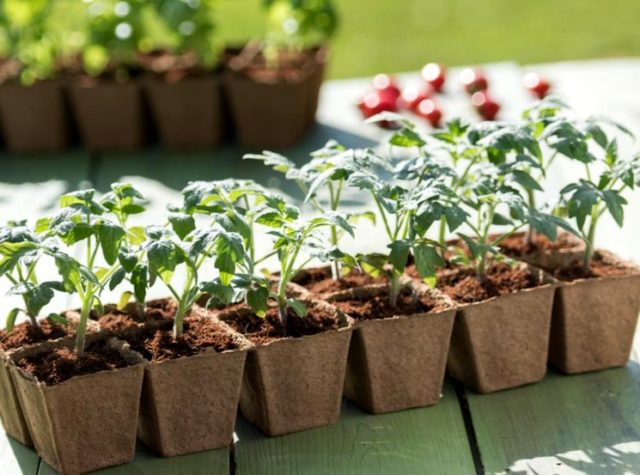

Important! Picking postpones the beginning of fruiting by 5-7 days.
Landing rules
When several fully formed branches with leaves appear on young plants, and the length of the seedling reaches 25-30 cm, you can begin to plant them in a permanent place. Before transplanting, the beds are dug up with the simultaneous introduction of complex fertilizers. The place for tomatoes is chosen open and sunny. Tomatoes do not like shade, however, the first few days after transplanting, young seedlings need to be shaded until they get stronger. For this reason, for planting tomato seedlings of the Duchess of taste in open ground or in a greenhouse, it is advisable to choose a warm cloudy day.
The seedlings are placed at a distance of 0.3-0.4 m, between adjacent rows there should be at least 0.7 m. On the beds, holes are dug in advance in accordance with the size of the root system of future seedlings and spilled with water.
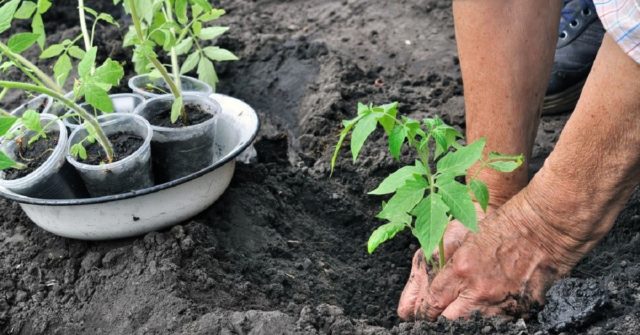

Many gardeners dive tomato seedlings into disposable plastic cups. To easily remove a seedling from such a dish, along with a lump of earth, it must be spilled abundantly with water 15-20 minutes before transplanting. It is very convenient to use individual peat pots for growing tomato seedlings Duchess of taste, in this case you do not need to remove the seedlings, they are planted together with the container. Seedlings are placed in holes, the roots are covered with earth and slightly compacted. After that, the root zone must be watered abundantly with water.
Watering and feeding
The Duchess tomato tastes drought tolerant, but regular watering is essential, especially during flowering and fruit setting. Tomatoes are usually watered in the evening to reduce the evaporation of water from the soil surface by the sun. A good way to stop moisture evaporation is to mulch the soil with hay or straw, in addition, mulch is an additional insulating layer, reducing fluctuations in the temperature of the soil layer.
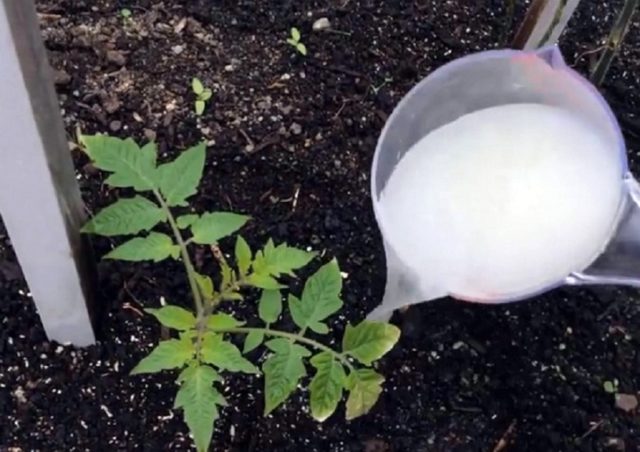

For feeding tomatoes, the Duchess of taste uses both mineral fertilizers and organic matter. It is best to apply fertilizer several times per season:
- 1.5-2 weeks after planting, feeding is carried out with an aqueous solution of mullein infusion with the addition of superphosphate.
- Then twice more, with an interval of 2 weeks, add ammonium nitrate and superphosphate - 10 g each, potassium salt - 15 g per square meter of area.
Important! Fertilization is best combined with loosening the soil in the root zone.
Stepson and tying
Grasshopping, or removing the shoots growing from the leaf sinuses of tomatoes, is a mandatory procedure. Stepsons do not play a role in fruiting, but only increase the green mass of the bush, lead to its thickening. At the same time, the growth of excess greenery takes away a lot of strength from the tomato and is detrimental to fruiting, reducing the yield both in quantitative and qualitative terms. Stepchildren are removed about 1 time per week, simply pinching them off with their fingers until they reach a large size.


Despite the fact that the Duchess tomato bushes of taste are low, they need to be tied to a support. This will avoid breaking the stem under the weight of the crop, or under the influence of rain or wind. It is better to install the support to which the plant will be tied up immediately, during transplanting seedlings into open ground. If you stick it into the ground later, it is likely to damage the roots of the plant. The garter should securely fix the tomato bush, but at the same time not interfere with its growth and not pinch the stem.
Formation
Rationing of the harvest allows you to achieve good quality Duchess tomatoes. If you leave all the fruit ovaries, the plant may simply not cope with a large number of fruits, and some of them will remain small and unripe. You won't be able to use them in the future. So that the plant does not waste energy on tying unpromising ovaries, their number is artificially normalized, leaving only 3 fruit clusters on each bush. In this case, all tomatoes ripen completely, while the harvest is very high quality.
Protection against diseases and pests
Violation of growing conditions, difficult weather conditions or unsuitable soils quite often provoke the appearance of various diseases in tomatoes. Basically, plants and fruits are affected by fungal diseases:
- late blight;
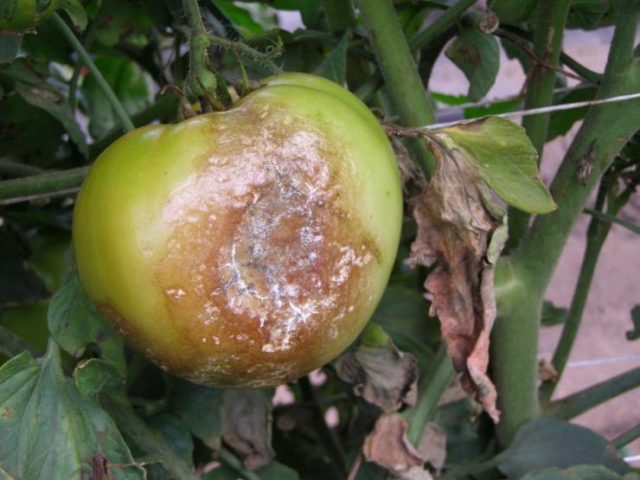

- fusarium;


- top rot;


- gray rot;
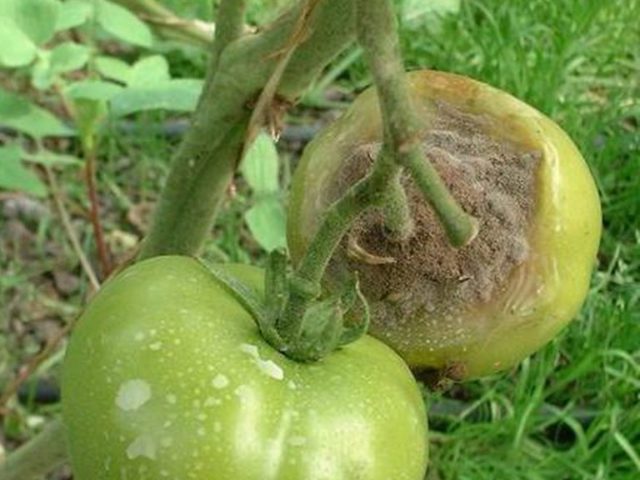

- blackleg;
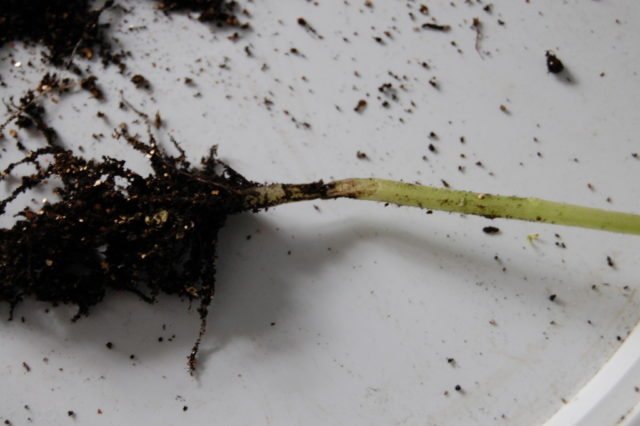

- bacterial cancer.
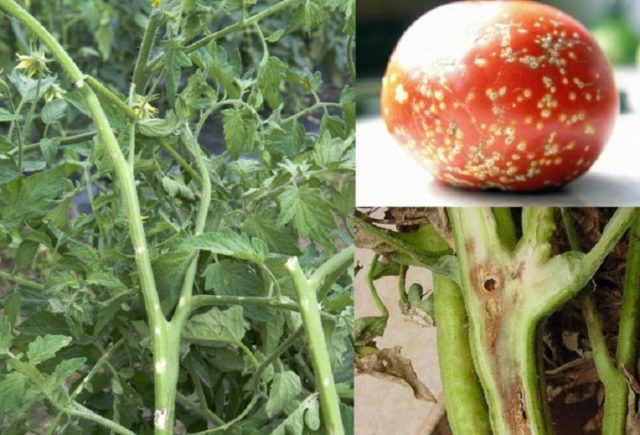

To combat these diseases, various antifungal drugs are used - fungicides. They regularly process plantings throughout the season. Such drugs include copper sulfate, Bordeaux liquid, copper oxychloride (HOM), Oxyhom, Profit, etc.They must be used in accordance with the instructions on the product packaging.
Plant care
As mentioned earlier, this variety description does not require special care, however, there are general rules for caring for tomato bushes when growing. And they should be adhered to.
- Bush formation.
- Weeding the beds.
- Watering plants.
- Top dressing with fertilizers.
- Loosening the soil.
- Garter bunches.
To obtain a rich harvest, it is desirable to form a bush; for this, the lower stepsons break off and excess leaves are removed. To form three branches, the 3 upper stepsons with flowers are left, the rest are removed. You need to feed the plants 3-4 times per season, so the fruit harvest will be of better quality.
The variety is picky about watering - it does not tolerate dry land. It is recommended to loosen the soil after each watering to keep moisture in the ground. Harvesting occurs as the fruits ripen; it is not recommended to leave ripe tomatoes on the bush for a long time. They will slow down the growth of new fruits.
Adhering to these simple rules, gardeners will receive a rich yield of ripe, juicy tomatoes right on their site.
Tomato culture can be found in every vegetable garden. If there is a plot of sufficient area, gardeners grow tomatoes with different ripening periods, which allows them to feast on fresh fruits throughout the summer period. From unpretentious and productive varieties, one can single out the "Staroselsky" tomato. It can be grown in greenhouses and garden beds, since the variety is well tolerated by the vagaries of the weather.
Yield
Tomato harvest Duchess of taste depends on where the tomatoes were grown, in the open field or under film. The quantity and quality of fruits is significantly influenced by such factors as timely watering and feeding. Average yields from 1 sq. m. for tomatoes the Duchess of taste is 15 kg per 1 sq. m. With good care and favorable weather conditions, the yield can increase to 18 kg from 1 sq. m. m.
A small video about the Duchess of taste tomato can be viewed at the link:
Gardeners reviews
Marina
I am frankly always afraid of hybrids - it is not clear what to expect from them, maybe some peculiarity might come out ... But then I decided to take a chance, my sister from the neighboring region was praising me very much. I tried it and did not regret it - the tomatoes are very tasty, beautiful and well kept. This year I don't even plan to plant others - why, if you can just take the Duchess of taste and use it in salad, juice, and for preservation?
Basil
The yield of these small bushes is amazing! No, seriously, how is that possible? I devote little time to tomatoes, maybe even too little, but they give at least 10 kilograms from one bush - I'm surprised. At the same time, the fruits are of excellent quality, sometimes I store for several weeks. I am pleased with the appetizing appearance and beautiful shape - my grandchildren eat, but they are capricious.
In general, I am a farmer, we decided to try planting a hybrid this year as an experiment. I was surprised by the result - the yield is excellent, the bushes do not get sick and generally require a minimum of attention. I liked the fruits and their transportability - even transportation on a terrible road does not create a lot of marriage. All in all, I recommend the variety, you won't regret it.
Tomatoes are one of the most common crops grown by amateur gardeners in our country. Since the climate of Russia is not in all regions suitable for the cultivation of tomatoes in the open field, from the many varieties and hybrids those that grow well in such conditions are especially appreciated. These types include the Duchess tomato of taste, which has become widely known relatively recently.




